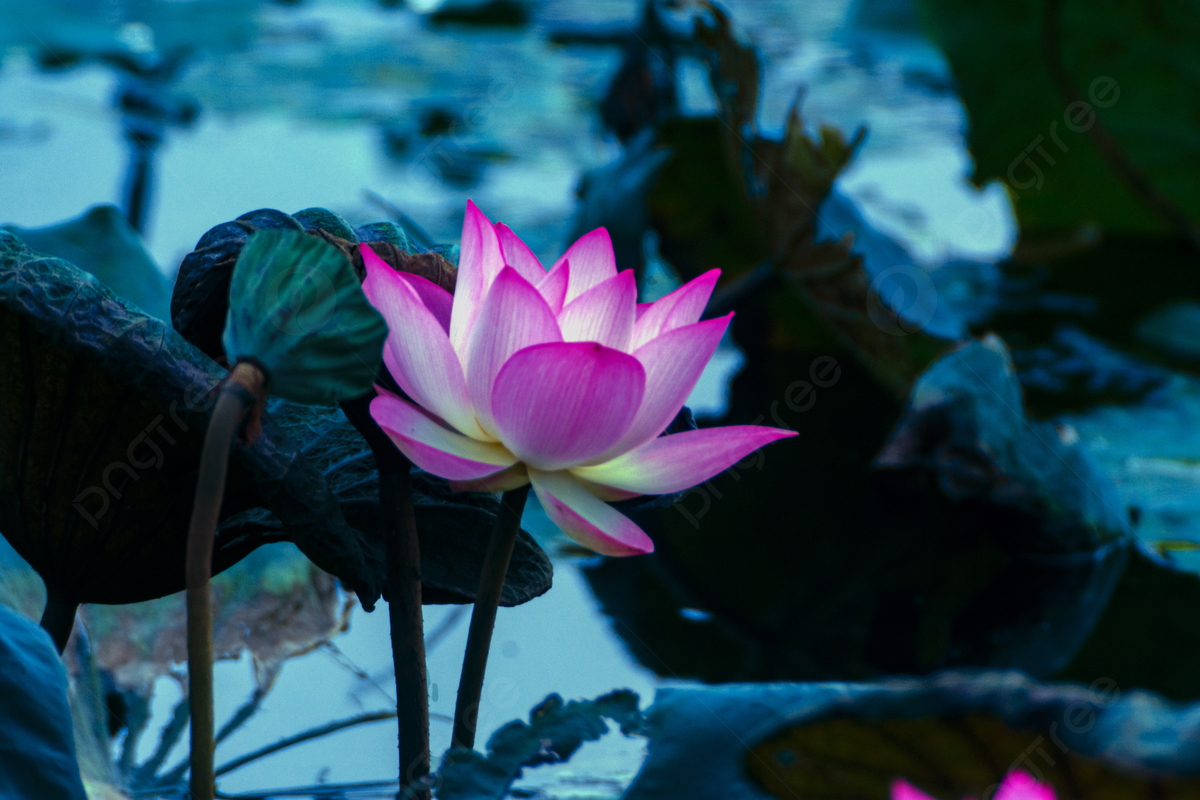The world of flora is a treasure trove of stunning and diverse botanical wonders, each with its unique charm and significance. Among these, the exquisite teratai888, also known as the lotus flower, holds a special place in the hearts of nature enthusiasts and spiritual seekers alike. With its delicate petals, captivating symbolism, and fascinating cultural ties, the teratai has captured the imagination of people across the globe.
Teratai, or the lotus flower, is an aquatic plant belonging to the Nelumbo genus. Its elegant, radiant petals come in various colors, including pristine white, vibrant pink, and regal red. This aquatic marvel possesses an exceptional ability to rise from the murky waters of ponds and lakes, blossoming in full glory. This unique trait has made it a symbol of purity, enlightenment, and resilience in various cultures, especially in Asia.
In ancient Egyptian mythology, the lotus flower symbolized the sun and creation, emerging from the primordial waters of chaos. Similarly, in Hinduism and Buddhism, the teratai is a symbol of enlightenment, purity, and divine beauty. It is often depicted as an offering to gods and goddesses and is an essential element in religious ceremonies. The unfolding lotus petals represent spiritual awakening and the journey from darkness to enlightenment.
Beyond its symbolism, teratai has also made its way into culinary traditions. Its seeds, known as lotus seeds or “makhana,” are a popular ingredient in Asian cuisines, particularly in desserts and savory snacks. They are not only delicious but also nutritious, rich in protein, fiber, and essential minerals.
